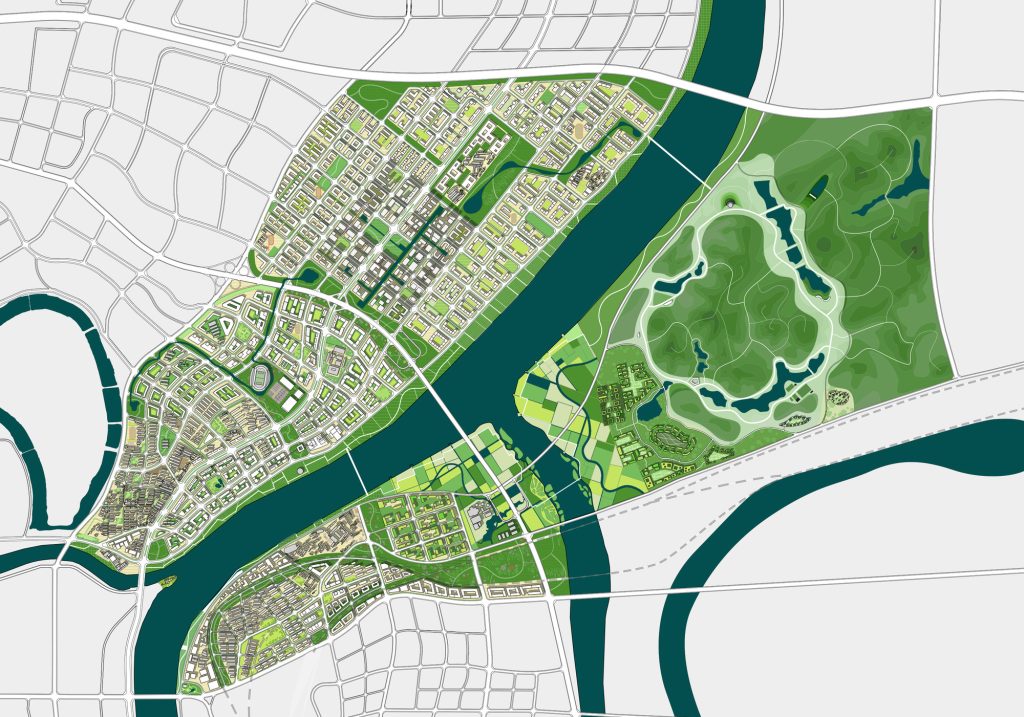With climate change discussions reaching a crescendo and cities worldwide racing against time to meet their sustainability goals, the concept of zero-emission cities has taken center stage. As we step into 2025, the question looms large: Is your city on the list of those striving to become truly zero-emission? Let’s explore what makes a city zero-emission, the leaders in this movement, and how other cities can join the ranks.
Understanding Zero-Emission Cities
Zero-emission cities are urban areas designed to produce no air pollution from the use of fossil fuels. This means that all energy used within the city is derived from renewable sources, such as wind, solar, and hydropower. Additionally, transportation systems are electrified or powered by hydrogen fuel cells, and buildings are constructed or retrofitted to be energy-efficient. The ultimate aim is to create a living environment where the ecological footprint is minimized.

Pioneers Leading the Charge
Copenhagen, Denmark, remains at the forefront of this movement and has long been a shining example for its commitment to becoming carbon neutral by 2025. The city invests heavily in wind energy and has an extensive cycling infrastructure that promotes biking over driving.
Oslo, Norway, is another leader, known for its substantial use of electric vehicles. With incentives such as no road tolls, free parking for EVs, and a robust charging network, Oslo is well on its way to meeting its zero-emission goals.
Another noteworthy example is Amsterdam in the Netherlands. The city has embraced sustainable transportation, moving towards an entirely emission-free public transport system by 2030, combining electric buses and boats with a strong bicycle culture.
Technological Innovations Driving Change
Advancements in technology have played a crucial role in enabling cities to transition towards zero-emission status. Smart grid technology allows for efficient energy distribution and consumption, ensuring that renewable energy is used optimally. Moreover, the development of smart buildings that use IoT devices to monitor and control energy usage is paving the way for more efficient urban living.
In the transportation sector, the rise of electric vehicles (EVs) and improved battery technologies have been game-changers. Companies like Tesla, Rivian, and BYD are continuously pushing the boundaries, offering more affordable and efficient EV options.
Challenges and Solutions
Despite the advances, transitioning to a zero-emission city is fraught with challenges. Infrastructure development, the high initial cost of renewable technologies, and the need for political will and public support are some major hurdles. However, cities are finding innovative solutions to overcome these barriers. Public-private partnerships can fund infrastructure projects, while subsidies and incentives can make renewable technologies more accessible to the masses.
Education and awareness campaigns are also crucial in garnering public support. By demonstrating the long-term benefits of zero-emission strategies, cities can encourage citizens to adopt more sustainable practices.

Is Your City on the List?
As of 2025, several cities have committed to ambitious zero-emission targets. While some have made it to the forefront, others are taking significant steps to join the list. For instance, San Francisco in the United States aims to become carbon neutral by 2045 and is heavily investing in renewable energy and green transportation. Singapore is another city making strides, with its Green Plan 2030 focusing on sustainable living and clean energy.
For residents eager to assess their city’s position in the zero-emission race, local government websites and sustainability reports are great resources to explore current initiatives and future plans.
In conclusion, the journey towards zero-emission cities is a global endeavor requiring collaboration, innovation, and determination. As cities continue to evolve and adapt, citizens play a pivotal role in this transformation. The question stands: Is your city ready to embrace this green future? The answer lies not just in policy but in the collective actions of each community member.


